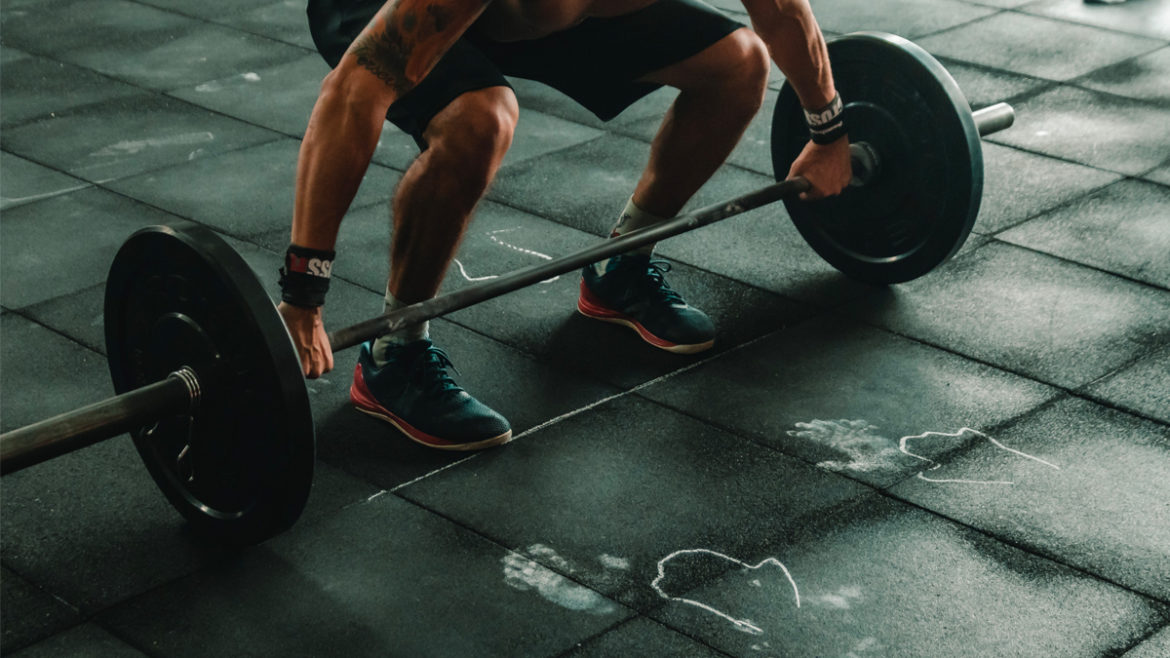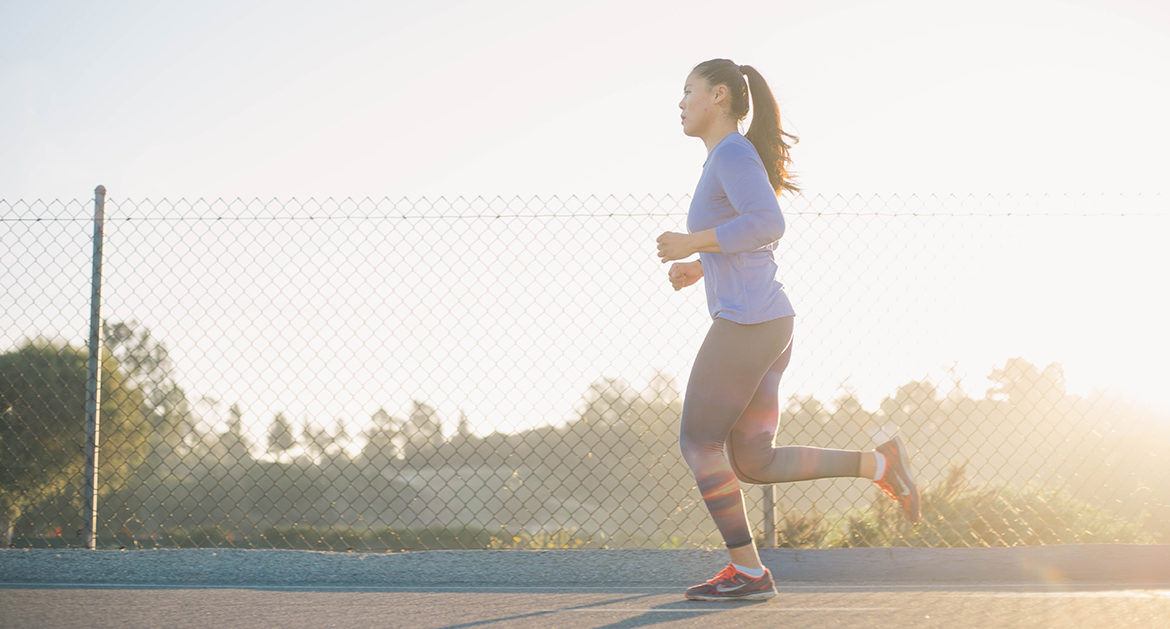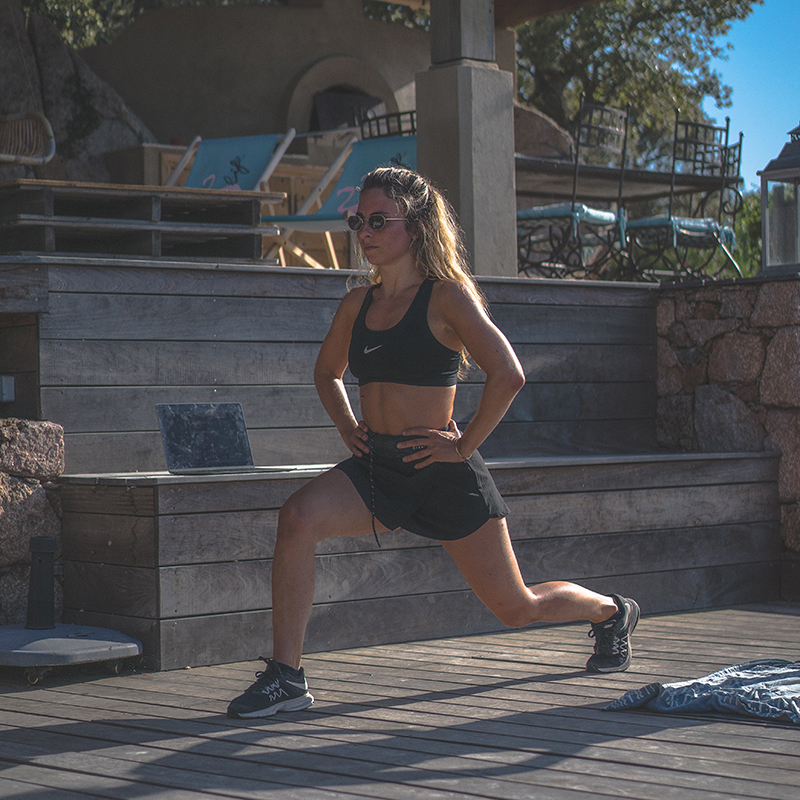“My knee hurts when I lift weights or run- what’s going on?”
It’s incredibly common for people who engage in fitness activities, like weightlifting and/or running, to experience anterior knee pain. This is pain in the front of the knee in the area around the knee cap (the patella). In fact, as much as 85% of the population may experience some type of anterior knee pain! The onset can come on both slowly over time or acutely. And as the title of this blog implies, it is a nagging issue because there is up to a 90% recurrence rate in affected people (Willy, et al., 2019). Both acute and chronic anterior knee pain can be quite debilitating when in a flared state, making simple daily activities such as standing up from a chair or climbing stairs daunting.
Common diagnostic labels you may have seen (or even have been told you have) are:
- Patellofemoral Pain Syndrome
- Chondromalacia
- Jumper’s Knee
- Runner’s Knee
The good news is, that despite the different diagnoses listed above, they tend to have similar qualities and contributing factors and therefore are treated similarly.
Individuals often will experience pain with activities that involve loaded, impactful, or repetitive movements that involve knee flexion such as running or squatting. The pain felt in the knee is often anywhere along the borders of the patella, referred to as the peripatellar region, or felt behind it, referred to as the retropatellar surface. Anterior knee pain is often poorly defined, meaning that it may jump around and change locations and severity at any given point.
What is the cause of knee pain?
According to the research, there is no single definitive cause of anterior knee pain. Multiple factors are thought to play a role and can be divided into physical and nonphysical influences.
Physical factors may include:
- Hip and quadricep strength
- Hamstring flexibility
- Ankle/foot stability
- The capacity of the knee’s tendons to handle external load.
These physical factors can increase or alter how the patellofemoral is mechanically loaded.
Non-physical influences include:
- Stress
- Psychological state
These affect the nervous system and can sensitize the body’s tissues and keep them in a persistent painful state
How to treat knee pain
Studies show that the most effective treatments for anterior knee pain include exercises that strengthen the muscles of the hip and quadriceps. Typically, the exercises start out by gently working the muscles without placing too much stress on the knee joint or increasing symptoms. Then gradual loading and progressive strengthening exercises over time are utilized to improve the mechanics of the entire leg. Other interventions such as patellar taping and foot orthoses along with exercise can improve pain, but should only be used for a short period of time early-on.
Make a plan
For the majority of patients, the “educate and wait” approach of simply avoiding pain-provoking activities has been shown to be ineffective in improving pain and function in the short, medium, or long term. This is what leads to recurrence of pain/symptoms and keeps people sidelined longer than they should be. Early physical therapy intervention, along with proper guidance on modifications to activity and exercise, can speed up the recovery process and get you back to a pain-free lifestyle.
Struggling with knee pain?
Written by Nick DiSarro, PT, DPT, OCS
Sources:
Willy, R. W., Hoglund, L. T., Barton, C. J., Bolgla, L. A., Scalzitti, D. A., Logerstedt, D. S., … & Torburn, L. (2019). Patellofemoral pain: clinical practice guidelines linked to the international classification of functioning, disability and health from the academy of orthopaedic physical therapy of the American physical therapy association. Journal of Orthopaedic & Sports Physical Therapy, 49(9), CPG1-CPG95.
Disclaimer:
The content in this post is intended for educational purposes only. No information in this post is to be taken as medical or health advice. See a healthcare professional if you have any questions about your individual needs.




